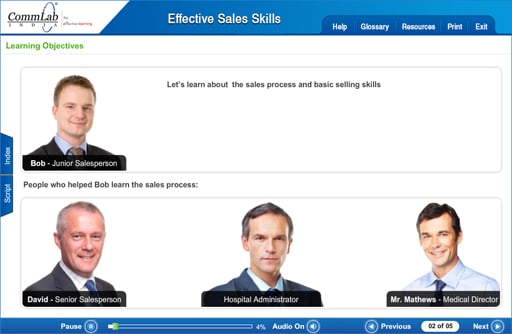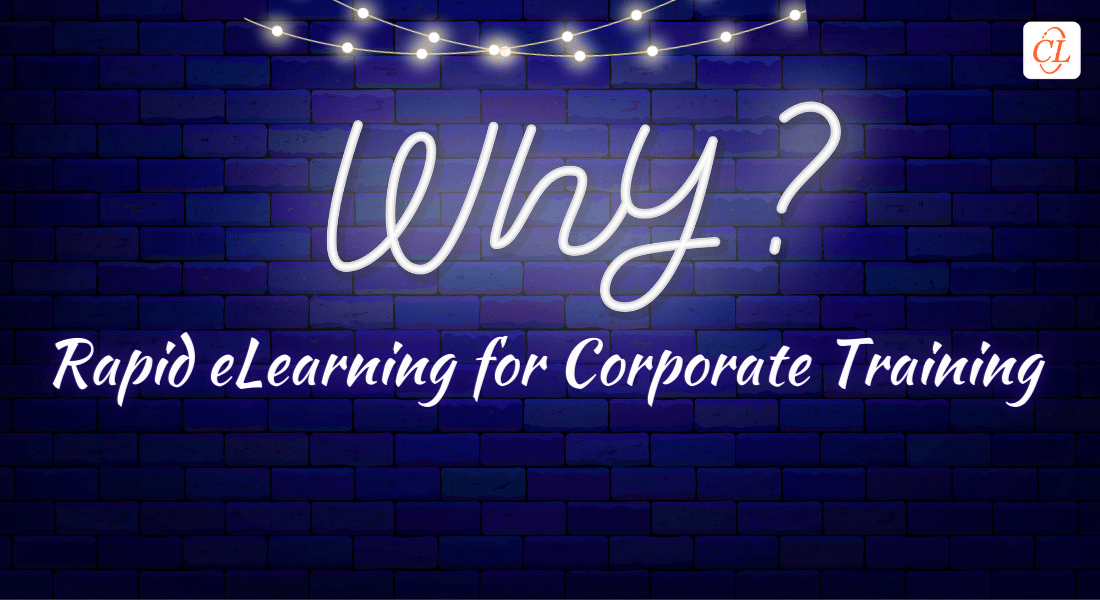eLearning Course Development 101: 8 Essential Elements

The company I work for has been in the eLearning industry for the past 13 years and has gained vast experience while working on courses for different industries, with different tools and diverse requirements. Since the time I joined as Project Manager and closely worked on such courses, the outcome of which are really appreciated by clients, I observed that there are some common elements that make up them. Here they are:
1. Attention grabber
The first and most important step of a learning system is to draw learners’ attention. Adding smart animations as introduction provokes the learners to move forward and develop an interest to learn more. Through introduction we can convey what the course is about and give an overview of the key take away.
2. Easy to navigate user interface
It is difficult to retain a learner, when he or she is taking an eLearning course, that has a complicated user interface with restrictions all over. Adult learners like to explore and learn rather than being directed. One of the main reasons behind developing eLearning courses is that it gives the learners the choice to take up the course at their own pace and convenience. A restricted/directed interface stymies learners from completing the course. Designing user interface that is attractive, self-explanatory and easy to navigate makes it easy for the learners to explore and learn what they want to.

3. What’s in it for me?
This is the most common question we come across especially when courses are developed for adult learners. One of my colleagues in her post “5 Tips for Creating Effective Learning Objectives…” rightly says that the learners should be told in the beginning of the course what they should be able to do after completing the course. This can be done through the course learning objectives. Finely built and specific learning objectives clearly inform the learners not only what the course is about, but also communicates our expectations from the learners in terms of Performance, Condition and Criterion.
4. Relevant information
I am sure that none of you would disagree with me when I say content is the key component of the course. There is a lot of information around that we would like to share with our learners, however, that is not possible through a single eLearning course. At any given point of time in the course, we should make sure that only relevant information is included (on a need to know basis). All information that is nice to know can be included but it should be left to the learners to decide whether they would like to read or skip it.
5. Learner friendly language, avoid jargon
Many a time, our learners are not experts. They avoid using or reading technical texts that are difficult to understand. We should use simple, easy and learner friendly language to increase learners’ understanding and retention.
6. Additional information
I mentioned that our eLearning should contain only relevant information. But, this does not mean that the learners are not interested in other related information. Most of the times the learners are in a uncertain state and need help. In classroom training this helping hand is the instructor but, who is it when it comes to an online course? We can add virtual support by including Contact information (if the learner is unsure), Job Aids, Resources, Web Links, Glossary, FAQs etc. These act as a substitute for the instructor.
7. Appropriate visual elements
I remember another post by my colleague on “Why Visualization Matters in E-learning Courses”. In this post she says that an eLearning with appropriate visuals has a strong impact on the learners and facilitates learning.
8. Interactivities
eLearning is a Non-Instructor Led Training, adding interactivities which counterbalance the physical existence of a trainer and keeps the learners engaged, and motivated. I personally feel that interactivities break down boredom and monotony in an online course.





